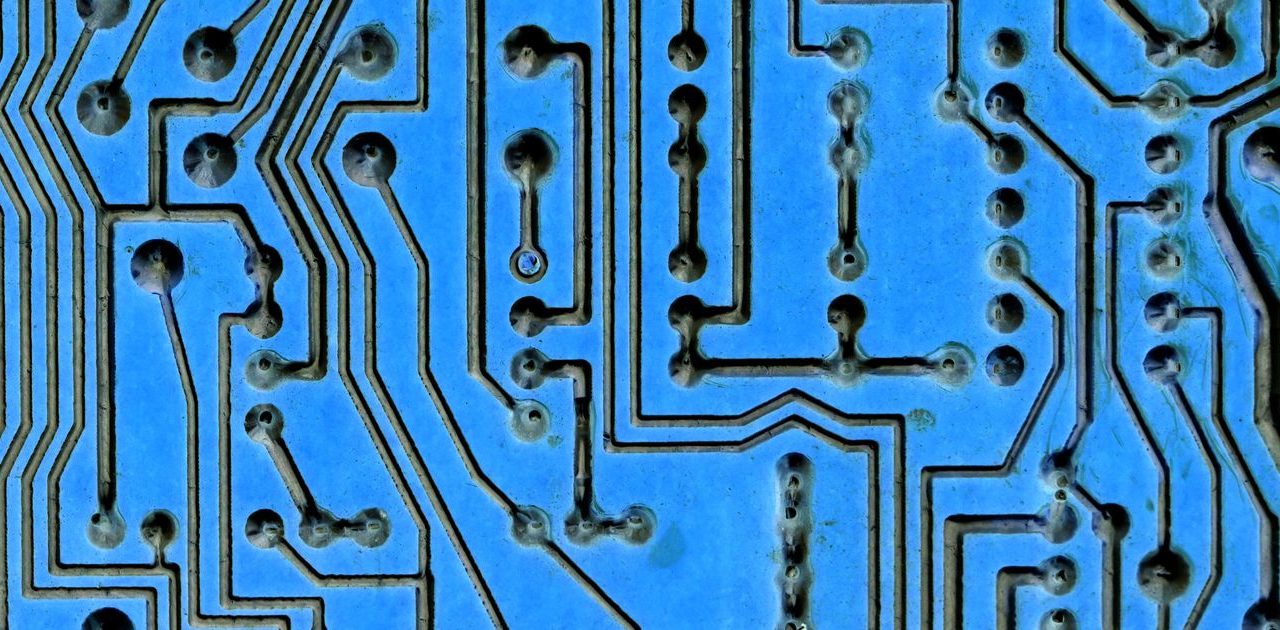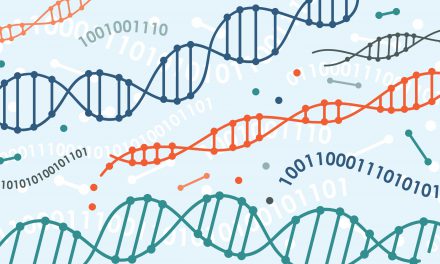
Microchips on the Brain
Computer chip technology promises a future that will revolutionize medicine, how people will live their lives and perhaps even redefine what it means to be human.
To view the full article please register below:
Microchips on the Brain
Research operating at the nexus of the human brain and computer chip technology promises a future that will revolutionize medicine, how people will live their lives and perhaps even redefine what it means to be human.
At the leading edge of this research into neural technology is the Defense Advanced Research Projects Agency (DARPA), which is famous for inventing or inspiring many of the technologies we enjoy today (e.g., Internet, online videoconferencing, voice recognition, GPS).
Though the agency was founded in response to the Soviet Union’s Sputnik launch with a mission to advance the technological capabilities of the U.S. military, its research often spills over into much broader relevance.
DARPA is presently pursuing a number of projects related to embedding chip technology into the human brain, including:
- Hand Proprioception and Touch Interfaces (HAPTIX)—HAPTIX seeks to develop implantable, reconfigurable neural-interface microsystems that link to prosthetic devices to provide amputees with a natural sense of touch.
- Neural Engineering System Design (NESD)—With ambitions to restore senses, such as vision or hearing, NESD aims to improve the signal resolution and capacity of interfaces between the brain and the digital world. By feeding enough data from auditory or visual information, the hope is that individuals can regain lost sight or hearing.
- Next-Generation Nonsurgical Neurotechnology (N3)—While advances have been made on the interface between the brain and a prosthesis or computer, the N3 program is researching ways to accomplish this with able body individuals without surgery. The goal is to develop man-machine partnerships capable of responding to the increasing pace and complexity of modern warfare.
- Restoring Active Memory (RAM)—RAM is working to facilitate the formation of new memories and the retrieval of existing ones, with the primary focus on restoring normal memory function to soldiers who have suffered the effects of brain injury or illness. It does have immediate civilian application for individuals suffering from amnesia or epilepsy, a disease that can cause memory loss.
Research is not limited to DARPA, of course. Academic institutions and the private sector are also pursing their own lines of research. One promising path is the implementation of microchips to combat depression and anxiety.
With any new technology, new ethical issues emerge. Among them are whether humans embedded with microchips will enjoy unfair advantages, if these benefits will be available only to the wealthy, and whether the melding of man and machine is a natural step in human progress or an unnatural direction that reduces our humanness.
Of the many concerns, perhaps the paramount ones are the risk of intrusive surveillance, primarily by the government, and the relative responsibility for bad behavior arising from hacking or defectively-designed chips.
Questions, perhaps, for another generation to answer, bearing in mind that each and every one of us are collectively responsible for the appropriate, intelligent, safe, humane and dignified use of the technology we create.
See referenced disclosure (2) at https://blog-dev.americanportfolios.com/disclosures/












